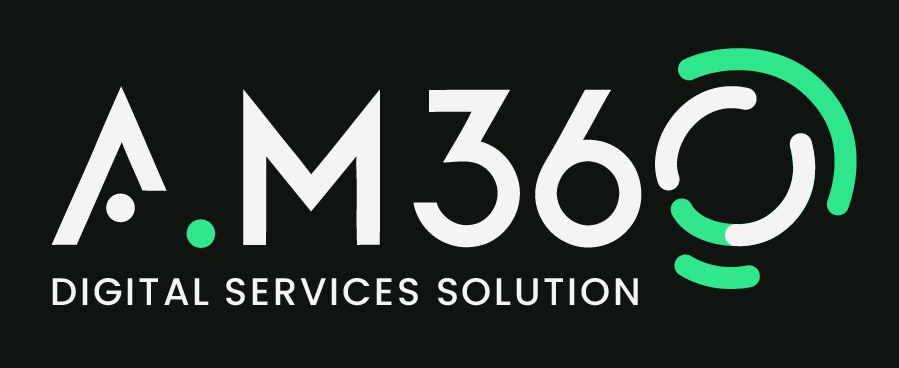
Graphic Design Essentials: How to Create Stunning Visuals for Your Brand
Graphic design is the silent ambassador of your brand. In a world where visual content dominates, mastering the art of graphics designing is no longer optional—it’s essential. Whether you’re crafting a logo, designing a website, or creating social media posts, the right visuals can elevate your brand, build trust, and drive engagement. This comprehensive guide dives deep into the core principles of graphic design, offering actionable insights into logo design, typography, color theory, branding, and more. You’ll also learn how to leverage tools like Adobe Photoshop and Canva, integrate UX design principles, and create visuals that resonate with your audience. Let’s transform your brand’s visual identity. Understanding Graphic Design Basics What Is Graphic Design? Graphic design is the process of communicating ideas through visual content. It combines imagery, text, and color to solve problems and convey messages. From billboards to mobile apps, graphic design shapes how we interact with the world. Core Principles of Effective Design To create visuals that stand out, follow these foundational principles: Balance: Distribute elements evenly (symmetrical or asymmetrical). Contrast: Use opposing colors, sizes, or fonts to highlight key elements. Alignment: Ensure every item has a visual connection to others. Hierarchy: Guide the viewer’s eye through size, color, or placement. Repetition: Reinforce branding by repeating styles (e.g., fonts, colors). Crafting a Memorable Logo Elements of a Great Logo A logo is the face of your brand. Iconic logos like Apple or Nike succeed because they’re: Simple: Easy to recognize at a glance. Versatile: Scalable for business cards, billboards, and apps. Timeless: Avoids fleeting trends. Relevant: Aligns with your brand’s mission. Steps to Design a Logo Research Your Audience: Understand their preferences and pain points. Sketch Ideas: Start with rough drafts on paper. Refine Digitally: Use tools like Adobe Illustrator for vector designs. Test Across Platforms: Ensure it looks great in black/white and on small screens. Common Logo Design Mistakes Overcomplicating the design. Using generic stock icons. Ignoring scalability. For inspiration, explore Logo Design Love, a resource showcasing award-winning logos. Typography Mastery Principles of Effective Typography Typography isn’t just about choosing pretty fonts—it’s about readability and emotion. Key principles include: Legibility: Ensure text is clear in all sizes. Font Pairing: Combine serif and sans-serif fonts for contrast. Whitespace: Give text room to breathe. Choosing the Right Fonts Serif Fonts (e.g., Times New Roman): Traditional, trustworthy. Sans-Serif Fonts (e.g., Helvetica): Modern, clean. Script Fonts (e.g., Brush Script): Elegant, creative. Tools for Typography Use Google Fonts for free, web-safe options, or explore Adobe Fonts for premium choices. Color Theory in Design The Psychology of Color Colors evoke emotions: Red: Energy, urgency (used by Coca-Cola). Blue: Trust, calm (favored by Facebook and LinkedIn). Green: Growth, health (think Whole Foods). Creating a Cohesive Color Palette Start with a Base Color: Align with your brand’s personality. Use the 60-30-10 Rule: 60% dominant, 30% secondary, 10% accent. Test for Accessibility: Ensure contrast for readability (use WebAIM’s Contrast Checker). Tools for Color Selection Adobe Color: Generate palettes from images. Coolors: Quick palette generation with a spacebar tap. Building a Strong Brand Identity Consistency Is Key Your visuals should be instantly recognizable. Starbucks’ consistent use of green and its mermaid logo across cups, ads, and apps is a prime example. Components of Visual Identity Logo: The cornerstone. Color Palette: Defines mood. Typography: Reinforces voice. Imagery Style: Photos, illustrations, or icons. Case Study: Airbnb’s 2014 rebrand focused on a cohesive visual identity, leading to a 30% increase in bookings (source). Tools of the Trade: Adobe Photoshop & Canva Adobe Photoshop Tips for Professionals Layer Masks: Non-destructive edits. Smart Objects: Preserve image quality when scaling. Actions: Automate repetitive tasks. Canva Tips for Non-Designers Templates: Customize pre-made designs. Brand Kit: Save logos, colors, and fonts. Collaboration: Share designs with teams in real-time. Canva’s Design School offers free courses for beginners. Integrating UX Design Principles UX vs. UI: What’s the Difference? UX (User Experience): Focuses on user journey and functionality. UI (User Interface): Deals with visual touchpoints like buttons and icons. Enhancing UX with Visuals Intuitive Navigation: Use clear icons and buttons. Loading Animations: Keep users engaged during waits. Accessibility: Design for screen readers and color blindness. Creating Engaging Visual Content Types of Visual Content Infographics: Simplify complex data. Videos: Boost engagement on social media. Interactive Content: Quizzes, polls, or 360° images. Optimizing for Platforms Instagram: Use vertical videos (9:16 ratio). LinkedIn: Prioritize professional imagery and charts. Pinterest: Focus on high-resolution DIY tutorials. Best Practices for Stunning Visuals Stay Updated with Trends Follow platforms like Behance or Dribbble for inspiration. Seek Feedback Use tools like UsabilityHub to test designs with real users. Balance Trends and Timelessness While gradients and 3D elements are trendy, ensure your core branding remains classic. Conclusion Mastering graphics designing empowers you to tell your brand’s story visually. From logo design to UX principles, every detail matters. Start small: refine your color palette, experiment with Canva, or redesign a social media post. Remember, great design isn’t about perfection—it’s about connection. Ready to create stunning visuals? Pick one tip from this guide and apply it today. Your brand’s future self will thank you. By integrating these strategies, you’ll not only enhance your brand’s aesthetics but also build a loyal audience that resonates with your vision. For further learning, explore Adobe’s Creative Cloud Tutorials or enroll in Coursera’s Graphic Design Specialization.
Read More